Donal McLaughlin Jr.
The graphic artist who created the United Nations logo
Donal McLaughlin Jr.
1907–2009
“I dreamed once of seeing my designs in brick and stone,” Donal McLaughlin Jr. once said. “Instead, the thing I’m best known for is a button.” That button, however, bore the emblem of the United Nations. With slight modifications it is the one used today, recognized around the world.
The Week
Escape your echo chamber. Get the facts behind the news, plus analysis from multiple perspectives.

Sign up for The Week's Free Newsletters
From our morning news briefing to a weekly Good News Newsletter, get the best of The Week delivered directly to your inbox.
From our morning news briefing to a weekly Good News Newsletter, get the best of The Week delivered directly to your inbox.
The son of an architect, McLaughlin graduated from Yale University and joined the National Park Service, said Yale Alumni Magazine. That “led to positions in the New York offices of the famed industrial designers Walter Dorwin Teague and Raymond Loewy.” McLaughlin worked on the U.S. Steel and Kodak exhibits for the 1939 New York World’s Fair; he also helped design the interiors of Tiffany & Co.’s new flagship store in Manhattan. During World War II he headed up the graphics presentation branch of the Office of Strategic Services, leading a team that “produced everything from Army orientation films to cigarette-paper packages printed with diagrammatic instructions for derailing German trains.” As the war ended, McLaughlin’s group created visual displays used to prosecute war criminals at Nuremberg and even drew up “the distinctive arrangement of the courtroom itself.”
In spring 1945, as delegates from 50 countries prepared to convene at the newly formed U.N. in San Francisco, McLaughlin was charged with designing brochures, placards, and other items for the conference, said The New York Times. The toughest assignment was a badge: McLaughlin had to fit a memorable image and 10 words of text “on a round button measuring just 11⁄16 inches across.” His team came up with many failed prototypes, including one that “showed a chimney-like brick structure, bound by the ‘mortar of cooperation.’” Finally, McLaughlin devised “a round emblem showing the continents against circular lines of latitude and vertical lines of longitude.” When one staff member “softened the image by adding laurel branches,” McLaughlin objected, arguing that “the laurel symbolized victory.” So he substituted the symbol of peace, olive branches. The U.N. adopted his design as its official emblem on Dec. 7, 1946.
McLaughlin, who maintained a private practice in the Washington area for decades, always remained proud of his U.N. icon. “It’s like an old, warm friend,” he said in 2007. “I still believe that the U.N. is really our best hope for world peace.” He is survived by three children.
A free daily email with the biggest news stories of the day – and the best features from TheWeek.com
-
 Zimbabwe’s driving crisis
Zimbabwe’s driving crisisUnder the Radar Southern African nation is experiencing a ‘public health disaster’ with one of the highest road fatality rates in the world
-
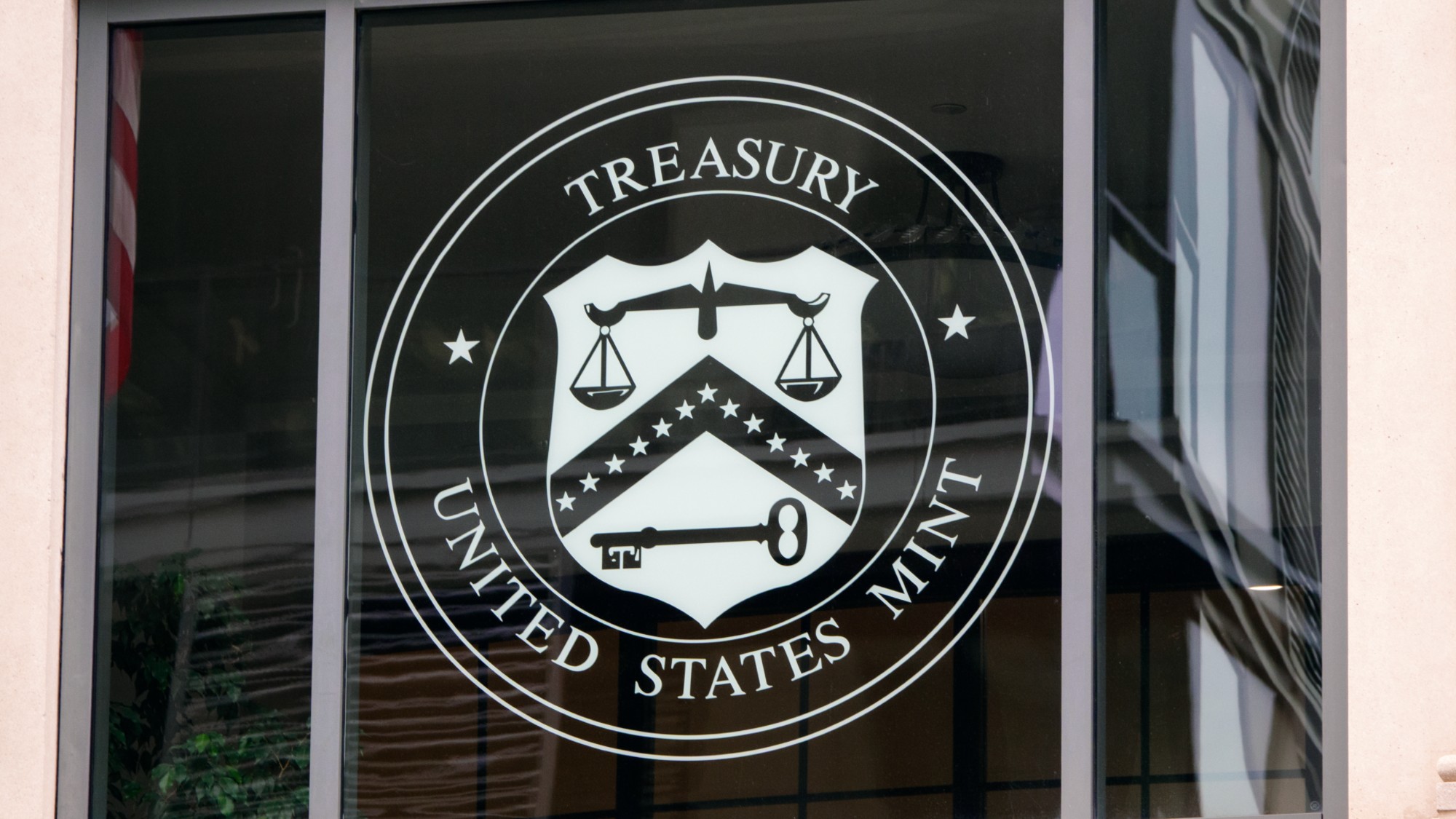 The Mint’s 250th anniversary coins face a whitewashing controversy
The Mint’s 250th anniversary coins face a whitewashing controversyThe Explainer The designs omitted several notable moments for civil rights and women’s rights
-
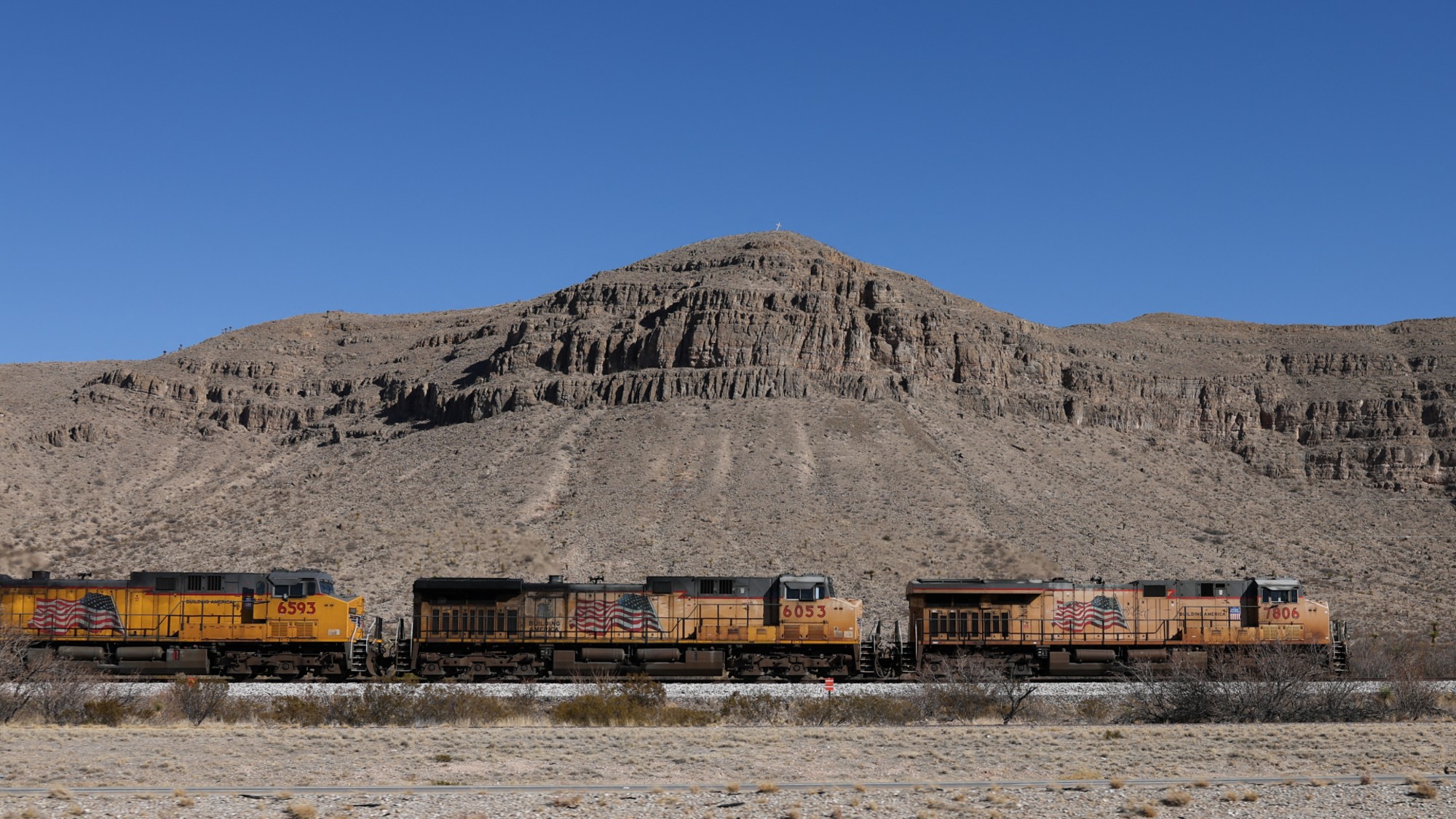 ‘If regulators nix the rail merger, supply chain inefficiency will persist’
‘If regulators nix the rail merger, supply chain inefficiency will persist’Instant Opinion Opinion, comment and editorials of the day
-
 Joanna Trollope: novelist who had a No. 1 bestseller with The Rector’s Wife
Joanna Trollope: novelist who had a No. 1 bestseller with The Rector’s WifeIn the Spotlight Trollope found fame with intelligent novels about the dramas and dilemmas of modern women
-
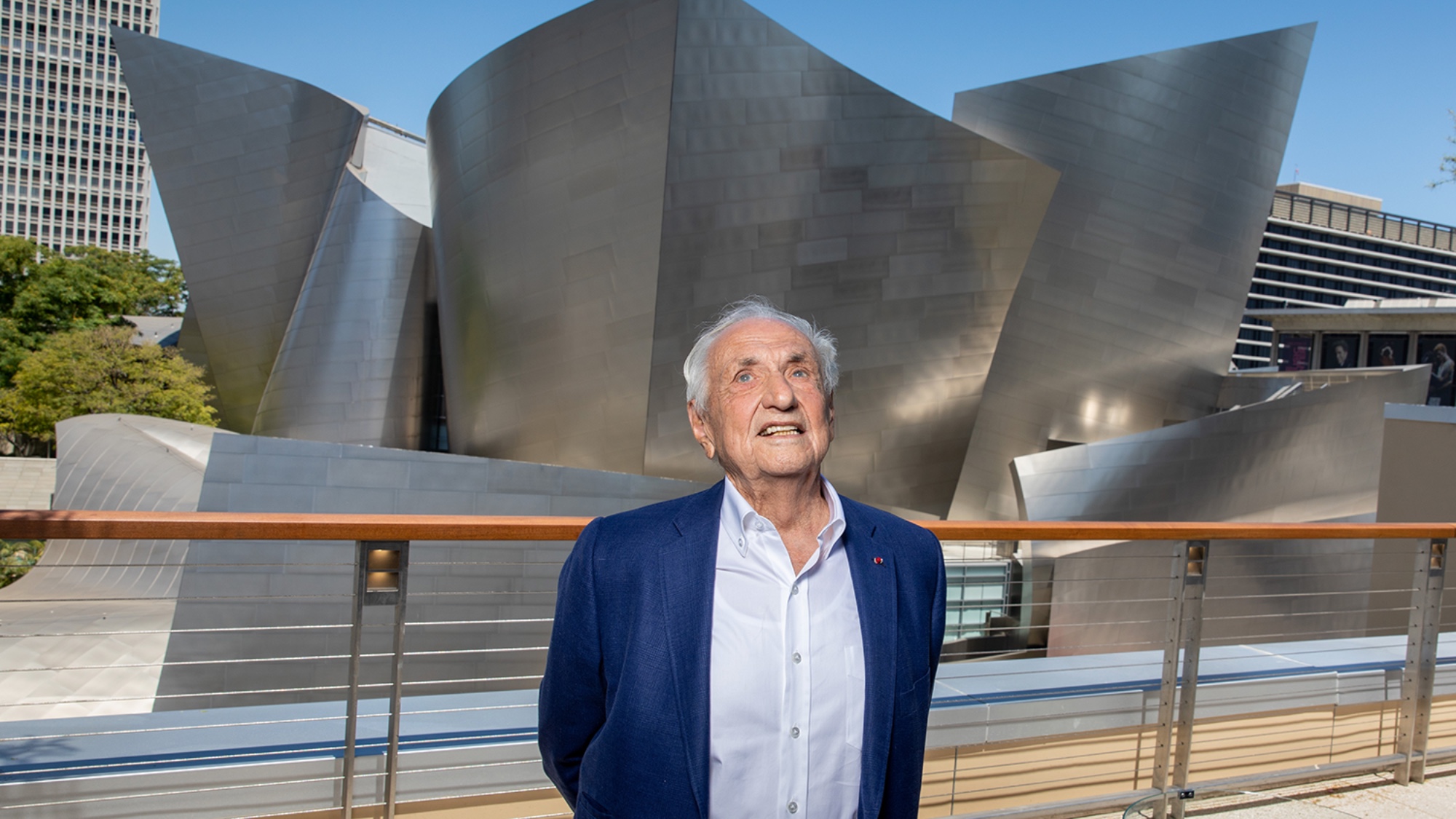 Frank Gehry: the architect who made buildings flow like water
Frank Gehry: the architect who made buildings flow like waterFeature The revered building master died at the age of 96
-
 R&B singer D’Angelo
R&B singer D’AngeloFeature A reclusive visionary who transformed the genre
-
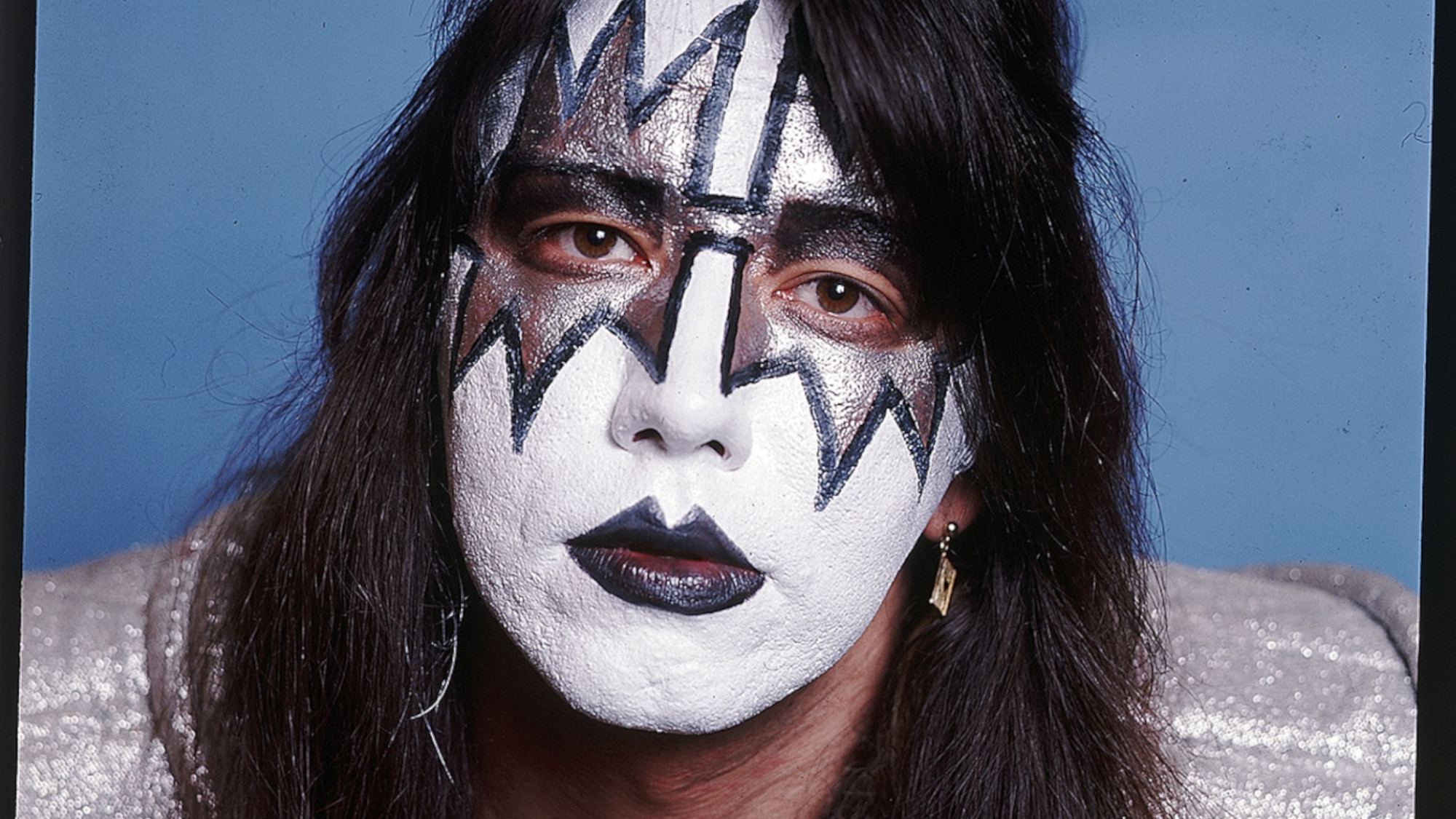 Kiss guitarist Ace Frehley
Kiss guitarist Ace FrehleyFeature The rocker who shot fireworks from his guitar
-
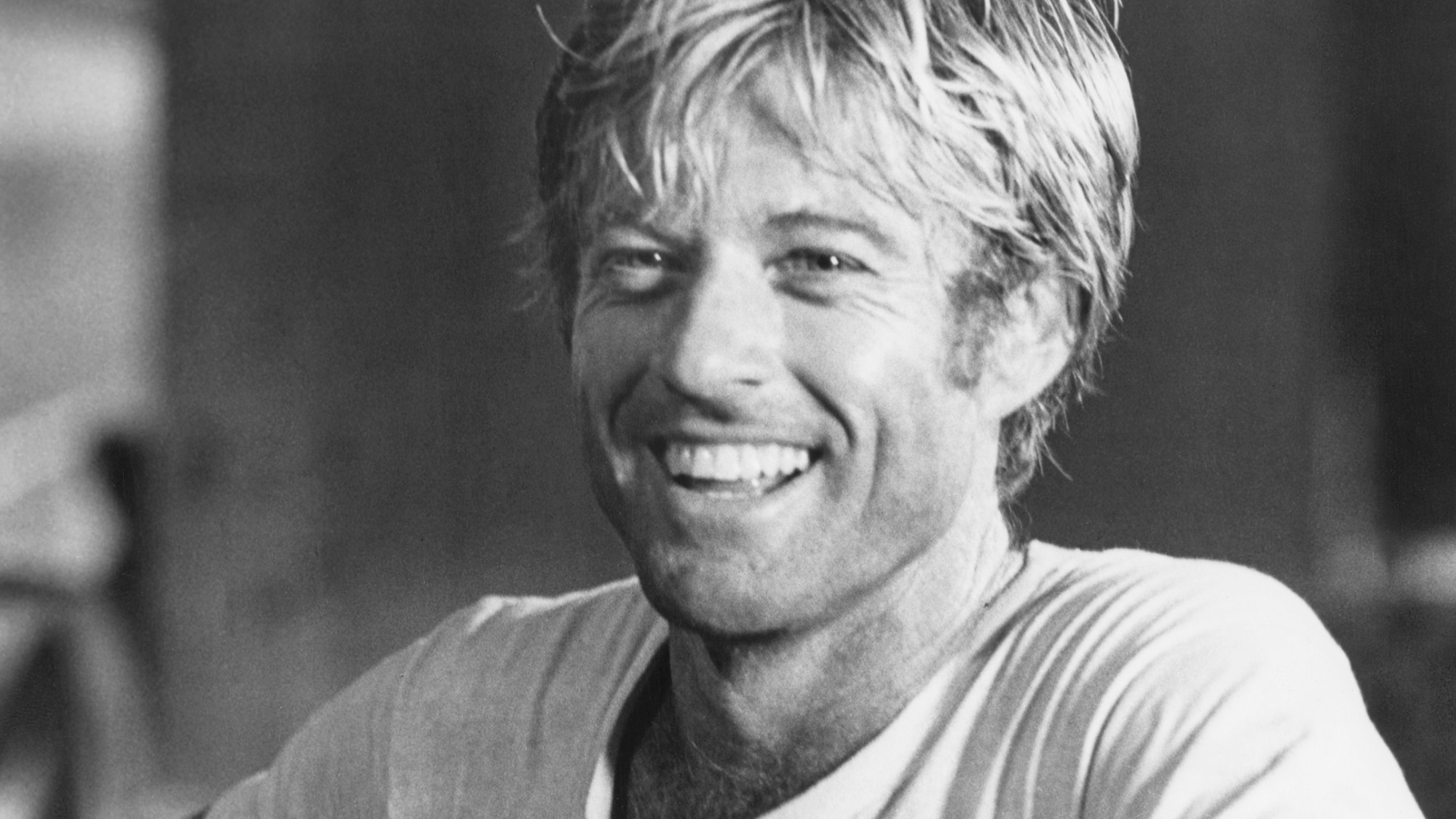 Robert Redford: the Hollywood icon who founded the Sundance Film Festival
Robert Redford: the Hollywood icon who founded the Sundance Film FestivalFeature Redford’s most lasting influence may have been as the man who ‘invigorated American independent cinema’ through Sundance
-
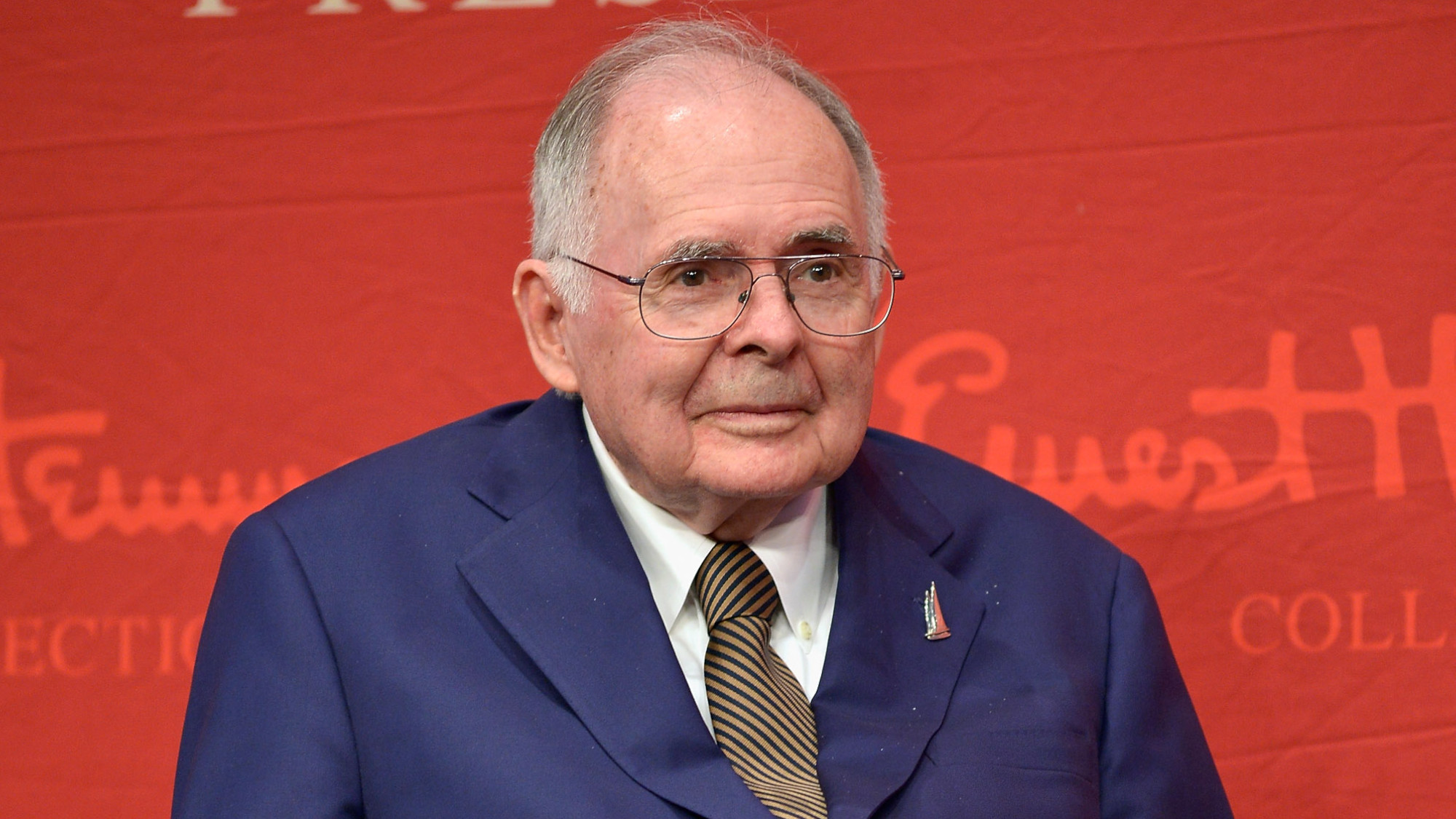 Patrick Hemingway: The Hemingway son who tended to his father’s legacy
Patrick Hemingway: The Hemingway son who tended to his father’s legacyFeature He was comfortable in the shadow of his famous father, Ernest Hemingway
-
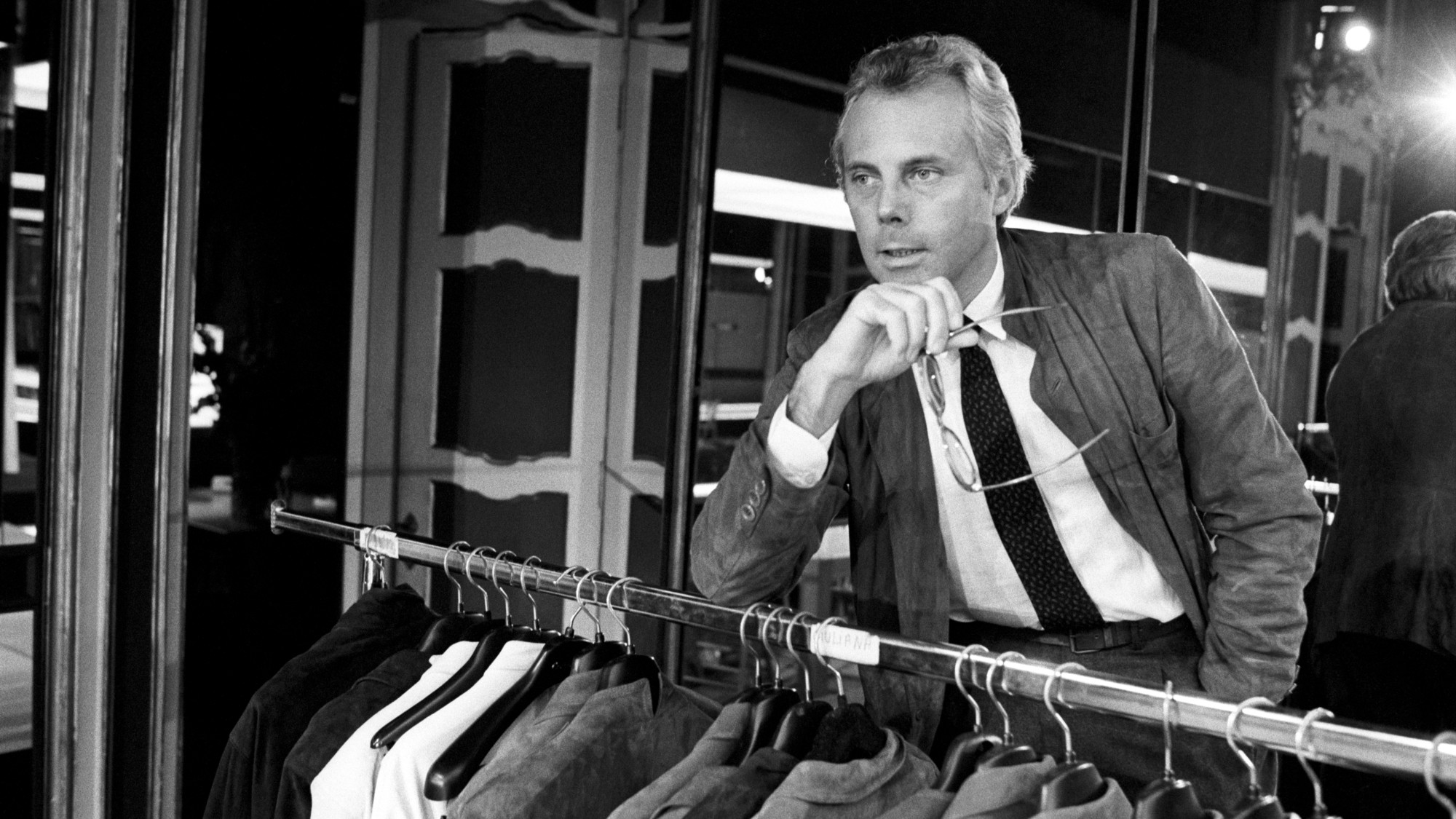 Giorgio Armani obituary: designer revolutionised the business of fashion
Giorgio Armani obituary: designer revolutionised the business of fashionIn the Spotlight ‘King Giorgio’ came from humble beginnings to become a titan of the fashion industry and redefine 20th-century clothing
-
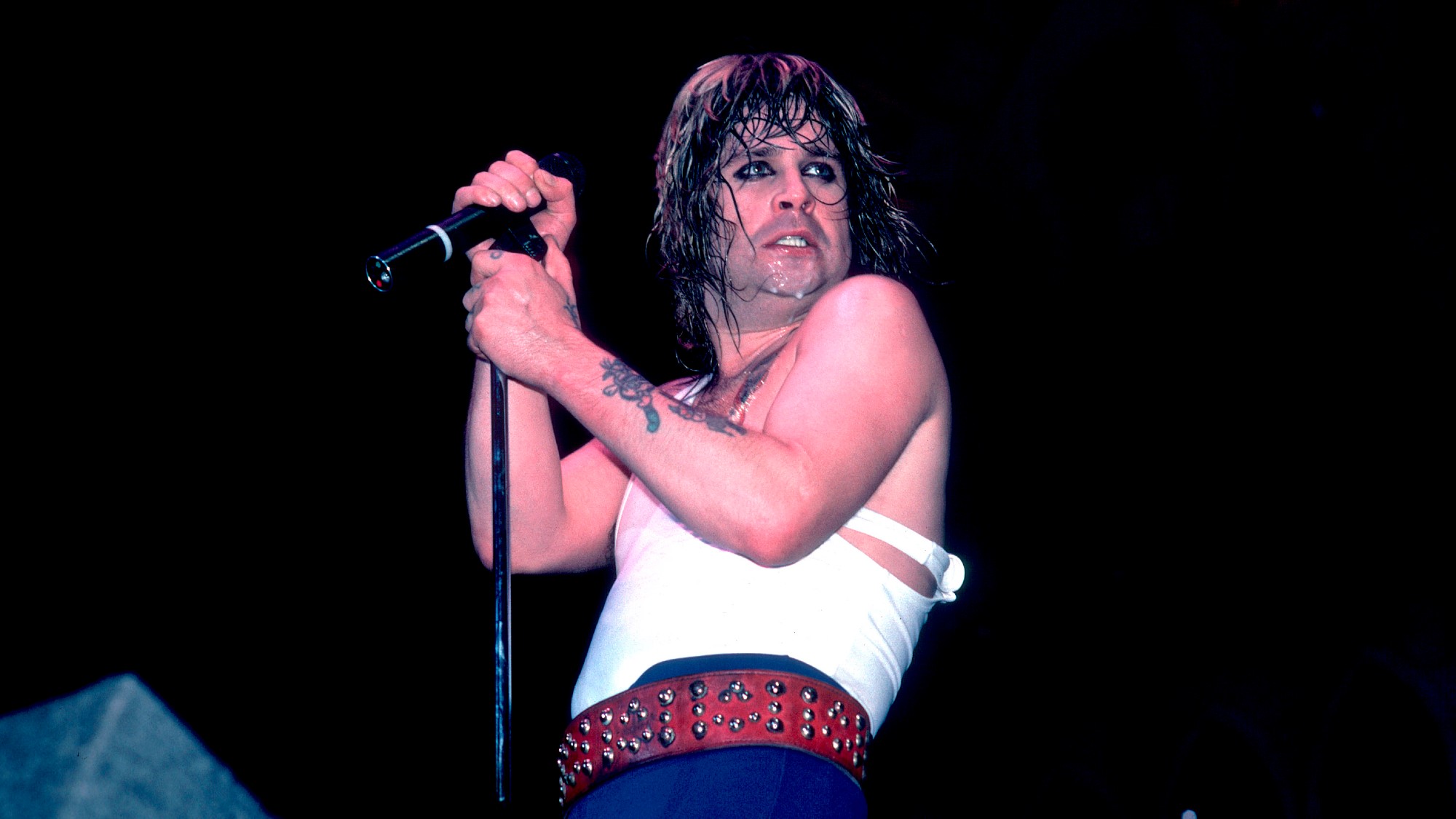 Ozzy Osbourne obituary: heavy metal wildman and lovable reality TV dad
Ozzy Osbourne obituary: heavy metal wildman and lovable reality TV dadIn the Spotlight For Osbourne, metal was 'not the music of hell but rather the music of Earth, not a fantasy but a survival guide'